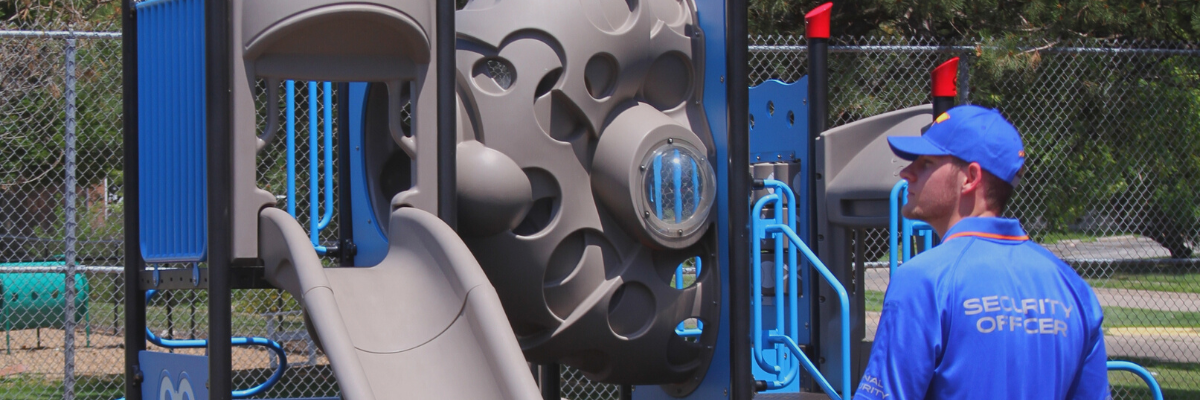As the school year begins, thoughts of homework, school bells and full backpacks begin to fill the minds of teachers, parents and students. But the beginning of school can also bring anxiety. These days, school safety is front of mind for everyone, and the security and well-being of students and staff must be a top priority for all. Schools play a vital role in shaping the future of our world. Safety and security are essential for the peaceful atmosphere students require for learning and growth.
While the topic of school safety often brings to mind emergency incidents and tragedy, security measures reach far beyond that specific context. Here we will explore the steps parents can take to ensure the schools their children attend are not just physically secure but provide an environment where everyone can thrive.
Research Current Safety Plans
The first step in ensuring school safety is to do thorough research. Look into the current security measures your child's school has in place. Ask questions about emergency response plans, staff training and crisis management.
Schools should complete a comprehensive security assessment to establish a strong foundation for school safety. This should involve experts in school safety, including external security consultants and law enforcement. These assessments should take into account existing infrastructure, policies and procedures.
Parents should also discuss the school's approach to mental health, bullying, conflict resolution and crisis management. These topics are essential to the well-being of the school community. 25% of middle school students reported experiencing bullying in schools and 33% reported being cyberbullied at least once a week, according to the Institute of Education Sciences. Parents should ask what curriculum their child’s school has to prevent these conflicts. An open and transparent approach to sharing safety information with parents is a positive sign.
Visit the School
Arrange a visit to your child’s campus. While there, pay attention to the physical layout, existing security systems and overall cleanliness. Schools should have visible and apparent access control, surveillance systems and security personnel. Access control can include controlling main entrances, classrooms and other sensitive areas. Additionally, a system for student, staff and visitor identification should be in use to track who is where in the school building.
While visiting the school, parents can also meet with school administrators to discuss safety concerns and initiatives. Engaging in dialogue with administrators provides insight into the school’s approach to safety and also shows your commitment to helping keep everyone in the school safe.
Training and Emergency Preparedness
It's essential that all parents are familiar with emergency response plans. Schools should be prepared for medical incidents, security threats and natural disasters. The Institute of Education Sciences reported that, during the 2019-20 school year, the majority of schools had emergency plans for disasters, but only 89% had a plan for reuniting students with their families after a crisis. Parents should discuss evacuation and shelter-in-place procedures and communication protocols should an emergency occur.
Many schools also welcome parental involvement in safety plans. Safety workshops and information sessions may be available to cover topics including safety, bullying prevention, and personal safety for children. Participating in these events allows parents to stay informed and equipped to discuss safety with their students.
Get Involved
Engaging with your child’s school is one of the best things parents can do to ensure ongoing safety. The National Center for Family & Community Connections for Schools found there is a strong connection between parental involvement in schools and a student’s academic performance. Regularly read school newsletters, bulletins and information sent home to stay informed about safety procedures. Attend parent-teacher conferences and school activities to build relationships with the school community.
Networking with fellow parents and organizations in the community can also offer valuable insights into school safety. Engage in conversations about safety and concerns and get involved in the parent-teacher association. Find out if the school collaborates with law enforcement, emergency services, and community organizations. A strong network of support can strengthen safety initiatives and response plans.
By being proactive and staying informed, parents can play a key part in the safety of their children’s schools. Safe schools don’t just have the best security. They have a strong community, well-planned emergency preparedness and a collaborative approach that prioritizes the safety and well-being of everyone in the school.
We are More than a Security Provider
Schools partner with Signal because our commitment goes beyond mere security — we stand for safeguarding lives. Together, let's build a safer, more secure environment for our children and the teachers that educate them. Learn how Signal's proactive security service and mobile patrols help elevate the school's security standards in your community.


